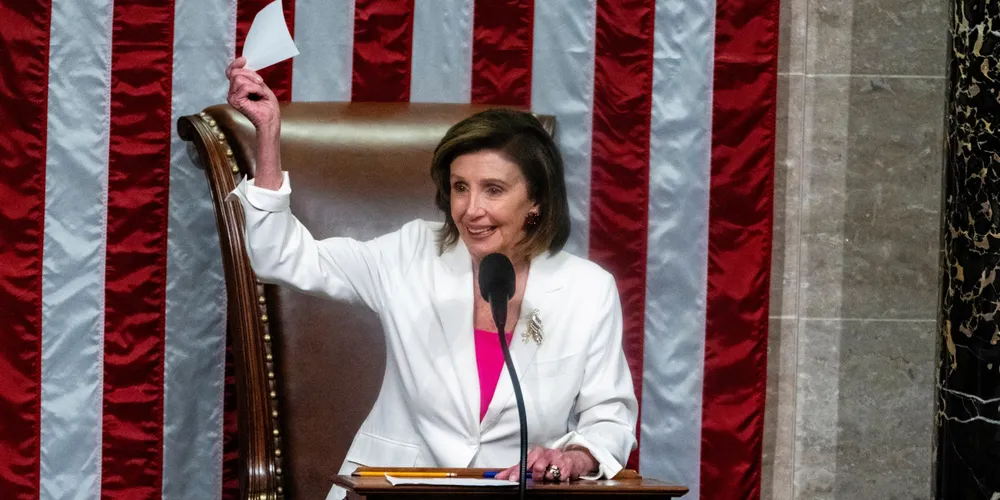New clean hydrogen production tax credit of up to $3/kg approved by US House, paving way for cheap green H2
The federal subsidies could make green H2 less costly to produce than the highly polluting grey variety as soon as next year

The federal subsidies could make green H2 less costly to produce than the highly polluting grey variety as soon as next year
